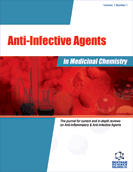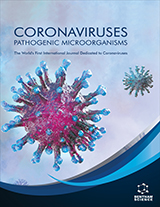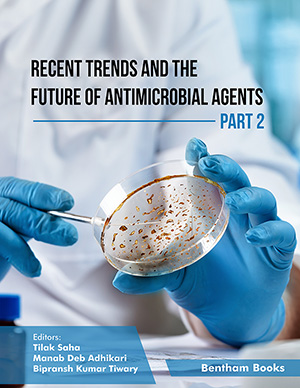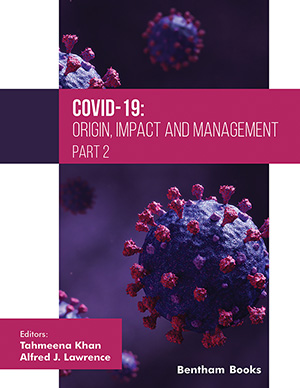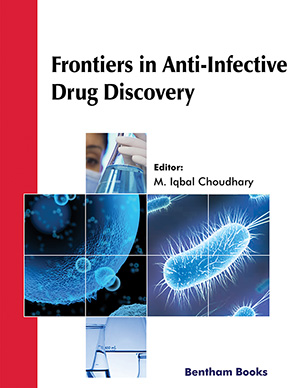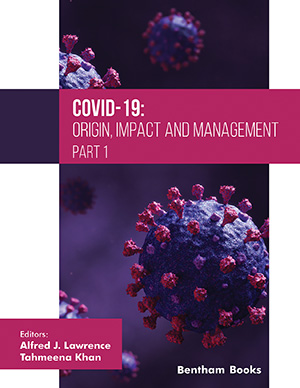Abstract
The aim of this study was to investigate the efficacy different of throat antiseptics on the oropharynx in healthy volunteers. A newly developed standardised test method was established. Using 12 volunteers per product to be tested, the reduction in the total colony count was the primary endpoint, and reduction in viridans Streptococci was the secondary endpoint criterion, for the commercial antiseptics neo-angin® N throat lozenges, neo-angin® N sugar-free lozenges, neoangin ® N throat and mouth spray, Sorot® lozenges, and Hexoral® mouth wash. At baseline, immediately, 2 and 5 hours after application two areas of the oral mucosa in the lower jaw at the level of the second molars and from the uvular region were swabbed and investigated for total bacterial counts. Following neutralisation, the swabs were inoculated onto blood agar. The antiseptic effect was more prominent in the throat, the area targeted by the antiseptic, than in the cheek mucosa. The reduction in total colony count was significant both with the test preparations and with the comparison preparations; A reduction of > 1 log was achieved for both endpoint criteria immediately after application of antiseptic and continued at this level for 30 minutes. Even after 5 hours, a significant reduction in total colony count was observable. Furthermore the established test model allowed determining the antiseptic efficacy of lozenges or spraying preparations in comparison to rinsing solutions.
Keywords: Antiseptics, throat, antimicrobial, methodology, Viridans streptococci, dichlorobenzyl alcohol, amylmetacresol, menthol, dequalinium chloride, hexetidine
 11
11

